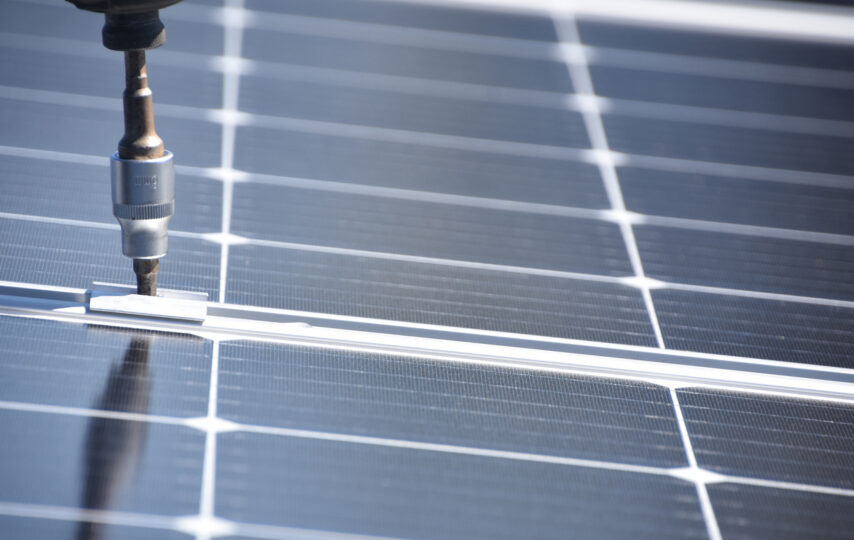There has never been a more exciting time for solar energy than right now. With solar panel installation taking off around the world, the whole industry is experiencing a huge boost in interest and investment. But, for all the hype around this new energy source, there seems to be a lack of information about how solar panels actually work.
Therefore, we take a deeper look into the technology today. Starting with what a photovoltaic cell actually is, moving through how solar panels transfer energy and eventually arriving at the power grid. We follow an electron’s path from start to finish, so come join us for the journey!
What a Photovoltaic Cell Is
Photons are the individual rays of light that we can see (and those we can’t) and energy forms. Photons are also what solar power cells actually absorb and convert into electricity through a negative to positive energy transfer. This transfer occurs between two wafer-thin slices of silicon, which is a semiconductor.
However, because silicon is a semiconductor, it must be properly charged to be effective as a solar cell. Current solar technology negatively charges the sun-facing surface with phosphorus and positively charges the opposite silicon surface with boron. This pushes electrons away from the surface and into the wiring system.
As a brief note, before we continue along the journey of our freed electrons, there is another part of the installation of a solar panel system that we need only to mention. That is the framework, which is made of light metals and helps face the solar panels in the right direction for optimal performance. Anyway, moving on.
What Wiring System?
The wiring system takes our electrons away from the solar panel to an inverter. Why do we need an inverter? Because direct current (DC) electricity is dangerous as all get out. Still, you’re probably already converted to the Nikola Tesla is the Besta opinion, so we need not dive into all the real and potential advantages of alternating current (AC) electricity.
Broadly, there are two approaches to sending the electrons to the inverter. In the first system, each panel separately gathers and sends electricity to the inverter, which then converts it all to AC and away it goes. In the other system, common junctions are used to store the electricity from sets of panels before the inverter.
The first approach can be a cheaper alternative, but there are more places for the electrons to get lost and bumble around, as these things tend to do. The second can be a bit pricier, but it does have the advantage of greater efficiency per unit. The choice of which solar panel installation is better for your needs depends on several factors.
After the Inverter
After the inverter, the AC electricity is added to the grid and used to power all sorts of fun and interesting technology, from lights to cars to cell phones.








